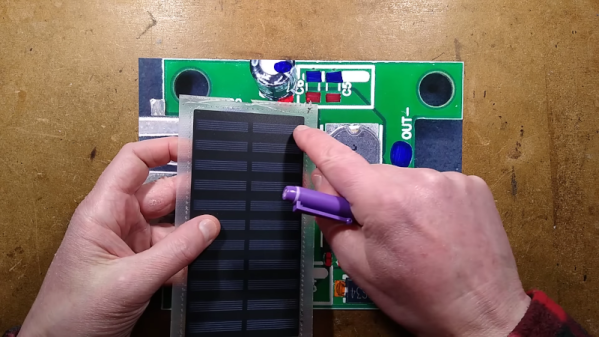We’ve all seen the ads. Some offer “free” solar panels. Others promise nearly free energy if you just purchase a solar — well, solar system doesn’t sound right — maybe… solar energy setup. Many of these plans are dubious at best. You pay for someone to mount solar panels on your house and then pay them for the electricity they generate at — presumably — a lower cost than your usual source of electricity. But what about just doing your own set up? Is it worth it? We can’t answer that, but [Brian Potter] can help you answer it for yourself.
In a recent post, he talks about the rise of solar power and how it is becoming a large part of the power generation landscape. Interestingly, he presents graphs of things like the cost per watt of solar panels adjusted for 2023 dollars. In 1975, a watt cost over $100. These days it is about $0.30. So the price isn’t what slows solar adoption.


















